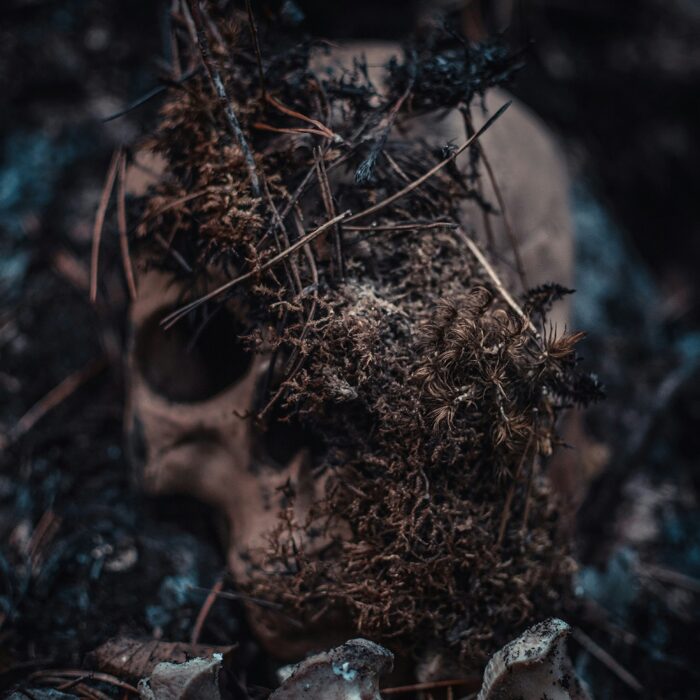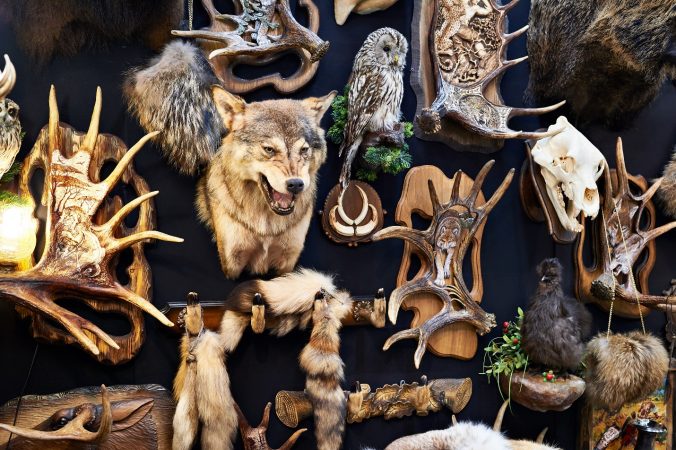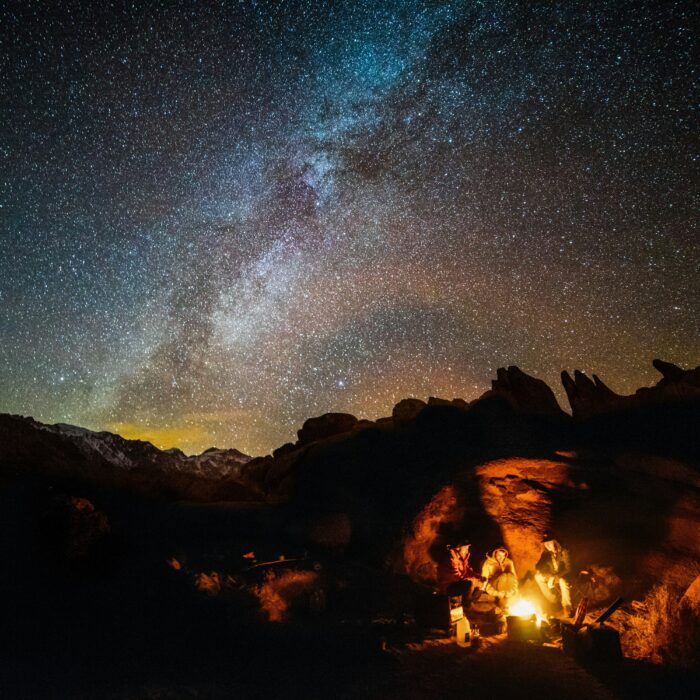You have no items in your cart. Want to get some nice things?
Go shopping
She lay naked on the flat rooftop drenched in the morning sunlight, Montez liked to photograph Roya from different angles, catching the shade thrown from various bone and limb positions. Across the city at this level he could see many such rooftop dwellings, a private club of like-minded comrades living cheaply and subversively, artists, agitators, lovers; all seemingly out of reach of the tentacled government machine below.
Across the gap between buildings on the roof to his left was Brentano the artist, to the right Roberto and his group of anti-establishment revolutionaries. Montez and Roya had sex openly on the roof surface, a free exhibition for any of their neighbours to enjoy as performance art. Brentano would occasionally sketch their coupling, anonymous stringy figures wrapped around each other in a puzzle that couldn’t be unpicked, completing the piece later to sell to local galleries. He painted sultry, moody depictions of Roberto gazing down with contempt at the heaving immensity of the city from his rooftop vantage point, sometimes as caricature, other times catching the very essence of his intended menace.
One late steamy afternoon Roberto saw Montez sitting on the edge of his building dangling his feet over the side a hundred feet above the road.
“Hey Montez my friend! Party tonight over here, celebration for our successful demonstration today, positive action amigo.” He raised a fist to the air. “Bring Roya, let’s party together, bring your camera we’ll take some pictures for the media!”
Montez was excited by the idea, he knew it would be a wild night and that Roya would enjoy herself. Shouts echoed across the roofs of several adjacent buildings, plans being made, signals exchanged among friends. Montez nonchalantly walked along the edge a few steps then turned to watch Roya padding naked and barefoot back towards their single room outbuilding at one end of the flat expanse.
The rooftop dwellers lived outside the system and were afforded a certain amount of tolerance by local politicians because of the international artistic kudos they brought to the city, but the local police or ‘Black Shirts’ as they were known didn’t need much of an excuse to disrupt their bohemian way of life. The local Chief of Police was a large, heavy lidded laconic man called Camacho, he knew about the ‘subversives’ and their way of life and wasn’t overly concerned until found himself one of an official party attending the opening of an art gallery in the city. As he reluctantly shuffled around the exhibits his interest was suddenly piqued by a painting depicting a man on a rooftop azotea, posing with fisted salute and bearing a strong resemblance to the known political agitator Roberto Sanchez, Camacho thought he recognised the location.
The night of the party Montez walked out into the heavy warm air to listen to the buzz and crackle of the city below and the shouts and laughter of the party revellers. Roya was already there and the fun was spreading out over Roberto’s rooftop, Cuban music and a smoky smell of barbecued beef swirling through the night. Then something below caught his eye, small black shapes swarming around Roberto’s building at ground level, like small insects looking for the entrance to their nest.
“Black Shirts!”
Montez shouted the warning, but it took time for anyone to hear him and start a chain reaction of retreat, the police had already made it to the roof before most of them had moved. Montez looked on at black arms flailing with sticks, people buckling, angry voices and screams replacing the laughter. He saw two Black Shirts take hold of Roya, she screamed as Roberto ran toward her brushing off the attention of flying batons, he tried to pull her away from the men. Horror struck Montez and he sank to his knees to watch Roberto backing away toward the edge of his roof in front of three pursuers kicking out and throwing punches. At the point of no return he looked across at Montez and smiled, still denying, fighting, frustrating the system that he so despised right to the very last moment. In the last seconds he looked calm and Montez knew what he had to do. Picking up his camera he also noticed Brentano on his rooftop, painting the whole scene for history, so that no one, would ever forget.

About Steve Smith
Steve Smith began writing articles for trade magazines before turning to short fiction, developing a narrative style informed by the raw material of a suburban childhood to the wider landscape of a global adulthood. He has been published in several UK and US magazines and lives in Bristol England




